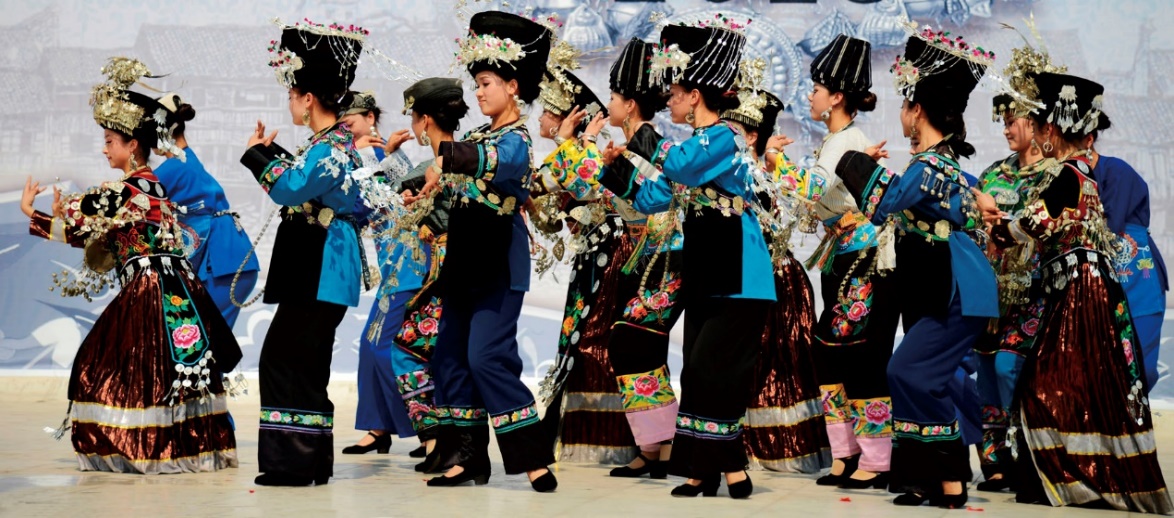History and culture
The area where Xiangxi UNESCO Global Geopark is located has a long history, and the human activities within the area can be traced back to late Paleolithic age. The archaeologists have discovered more than 160 cultural sites within Xiangxi in Paleolithic and Neolithic ages, including Dongluo, Shaping, Chadong. In 2016, an ancient relics about 7,000 years ago (in Neolithic age) was unearthed in Luxi Xiawan, which links it with the early human activities in the region.
Xiangxi was affiliated to Dongting Prefecture in Qin Dynasty (221 to 206 BCE). The bamboo slips (government official records) of the Qin Dynasty uncovered in the Ancient Town of Liye, with a history of more than 2,000 years, completely recorded the living status and history of the people in the Qin Dynasty. In the Han Dynasty (206 BCE – 220 CE), Xiangxi belonged to Wuling Prefecture. It had been governed by the central government since the Qin and Han dynasties. During the period of the Five Dynasties (907-960) when Peng Tusi regime was established, Xiangxi became the activity center of ethnic groups in the border areas among Hunan, Hubei, Chongqing and Guizhou. Tujia and Miao minority groups are the earliest aboriginal people living in Xiangxi Prefecture, who have created splendid history and culture, as well as the unique folk customs in the region with their hard work and intelligence .

Figure The dance of Miao Ethnic Group
QR Code



